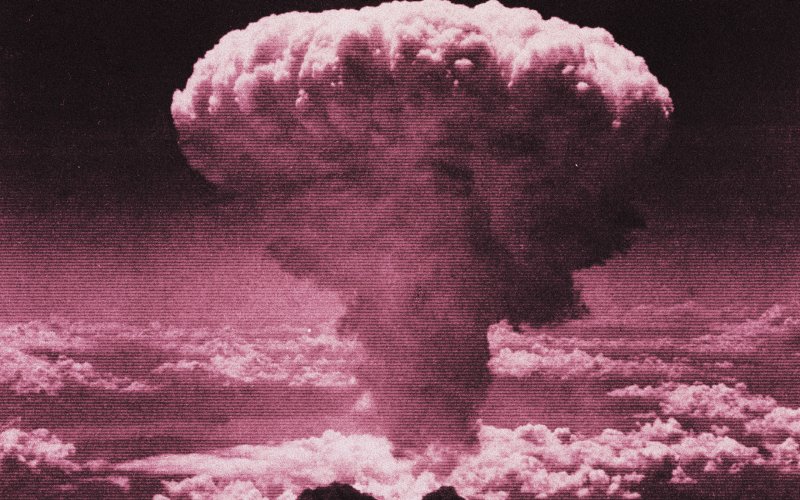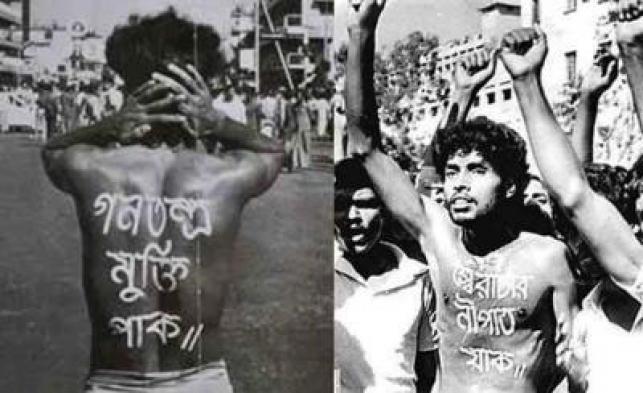A week after Nagasaki, Tokyo had still not surrendered. A third weapon was already on its way and a dozen were to follow.
American military archives reveal that if the Japanese had not surrendered on August 15, 1945, they would have been hit by a third and potentially more powerful atomic bomb just a few days later and then, eventually, an additional barrage of up to 12 further nuclear attacks.
Documents highlighted during commemorations to mark the 70th anniversary of the bombings of Hiroshima on August 6, and Nagasaki on August 9, which forced the end of World War II, show the determination of the United States to make Japan surrender unconditionally.
In the spring of 1945, the U.S. Army set up a special target committee to debate key Japanese cities to attack as officials believed their regime had already made it perfectly clear they were not willing to surrender at any price.
Confidential reports added that “even after two atom bombs, they preferred to fight on till they are all dead. Death or glory.”
It was a belief shared by British Prime Minister Winston Churchill, who attended talks with Allied leaders Harry S. Truman, the new American president, and Soviet leader Joseph Stalin at Potsdam in July 1945, where he gave consent to using atomic weapons following the successful “Trinity” test.
“There was unanimous, automatic, unquestioned agreement around our table,” Truman later admitted in his memoirs. “Never did I hear the slightest suggestion that we do otherwise.”
There was no reference though to the number of bombs under consideration, although Churchill casually initialed a minute telling U.K. officials to go along with what the Americans decided.
Presidential scientific adviser James B. Conant reported: “A number of military experts tended to see the bomb as nothing more than just a bigger bang, and it seems Churchill and Stalin were similarly ignorant.”
Target committee members believed an atom bomb could destroy the infrastructure of Japan without the need for an invasion, so the cities of Kyoto, Hiroshima, Yokohama, Kokura, Niigata, and even Tokyo were identified as potential areas for destruction.
The main criteria included cities not previously bombed by conventional means so that experts could fully assess the effects of a nuclear strike.
Although Tokyo still remained a possibility, it had already suffered extensive damage from a firebombing campaign that incinerated 16 square miles and as many as 100,000 people. In addition, officials believed Emporer Hirohito might still be needed to help negotiate any surrender.
Targets in the south were given priority to boost possible invasion plans but the ancient city of Kyoto was withdrawn because the U.S. Secretary of War, Henry Stimson, who had honeymooned there, said it was an important cultural center and “must not be bombed.”
Kyoto had been favored for the very first attack but the committee opted to blitz Hiroshima, which was an important army depot and embarkation port within an urban environment.
In August 6, a B-29 bomber, the Enola Gay, dropped an estimated 12 kilotons of TNT in a uranium bomb termed “Little Boy” on Hiroshima.
Just three days another B-29, Bockscar, took off for Kokura carrying a second and more deadly plutonium bomb called “Fat Man,” estimated to be between as powerful as 20 kilotons of TNT. It seems inclement weather forced the aircrew to abandon their original plans to attack Kokura and go to Nagasaki instead. Weather was so bad there that the crew had even considered violating their orders to drop the bomb via radar before finding a small gap in the clouds to deliver their deadly cargo. Archivists now suggest the attack on Nagasaki was a shock to Truman, as Kokura was meant to be the primary target, with Nagasaki a secondary option.
Both attacks combined killed more than 200,000.
Archival records show a third bomb was under assembly at Tinian in the Mariana Islands where the Enola Gay and Bockscar had flown from, with the main plutonium core about to be shipped from the U.S.
Although some aircrew saw “Tokyo Joe” chalked on the bomb’s casing, it was said to be destined for Kokura, the original target for the second bomb, and named “Fat Boy.”
A transcript of a top-level call between two military experts on August 13 reveals details of this “third shot.” It also confirmed that a vast production line of about 12 other atomic bombs was being readied for additional continuous strikes against other key targets.
It was agreed this next bomb would be available to be dropped on August 19, with a schedule of further bombs available throughout September and October.
One U.S. general explained: “If we had another one ready, today would be a good day to drop it. We don’t, but anyhow within the next ten days, the Japanese will make up their minds.”
On August 15, however, just as the plutonium was about to be sent to Tinian, news of the Japanese surrender came through and its loading was stopped.
Source: The Daily Beast









